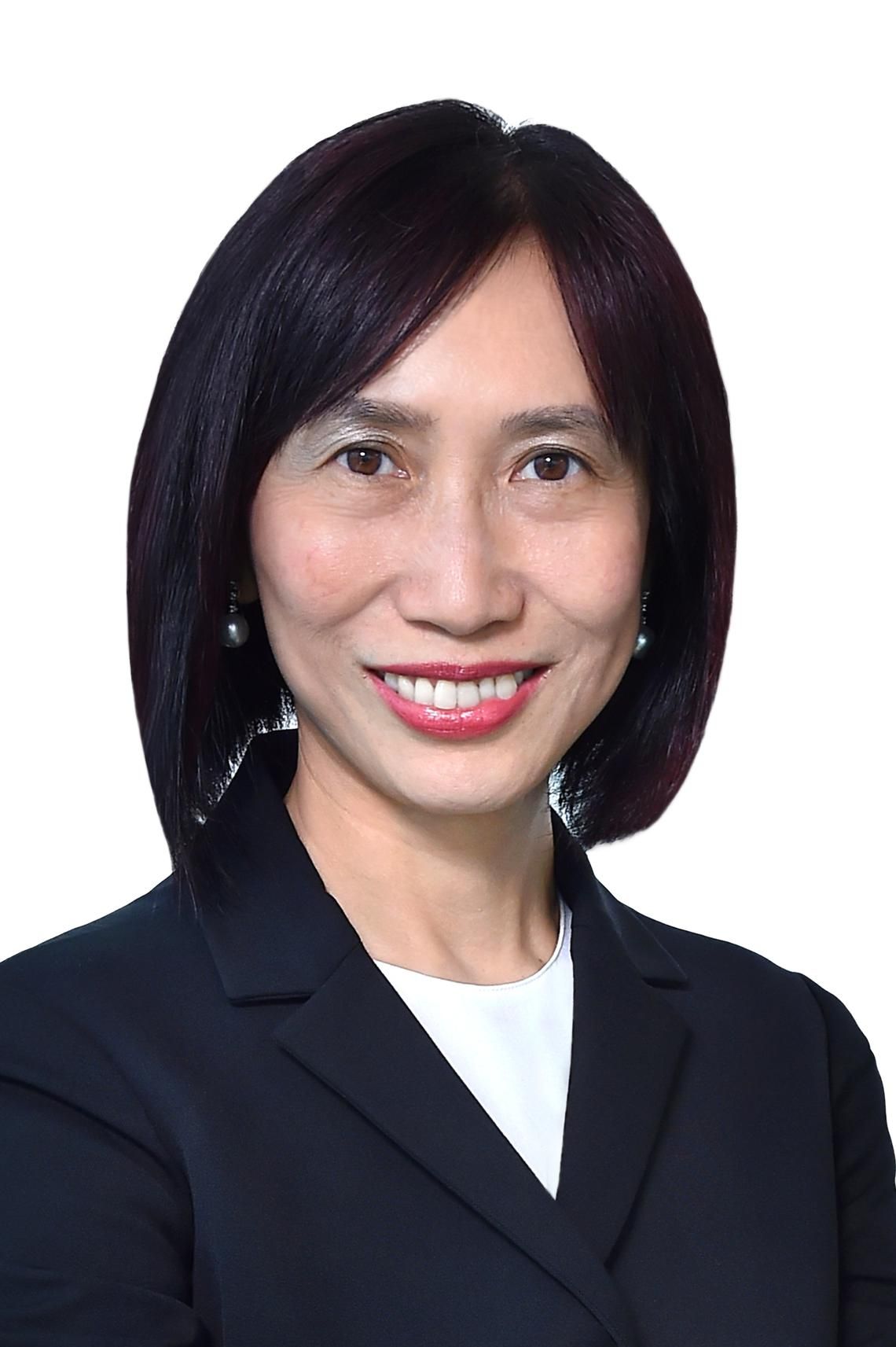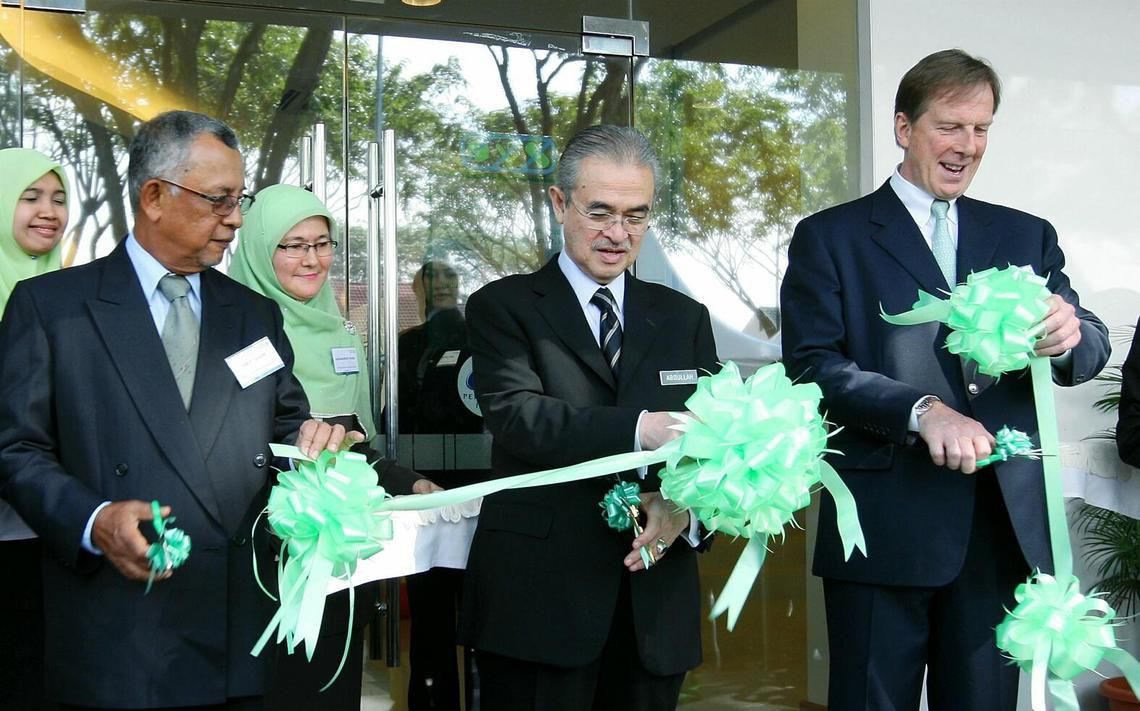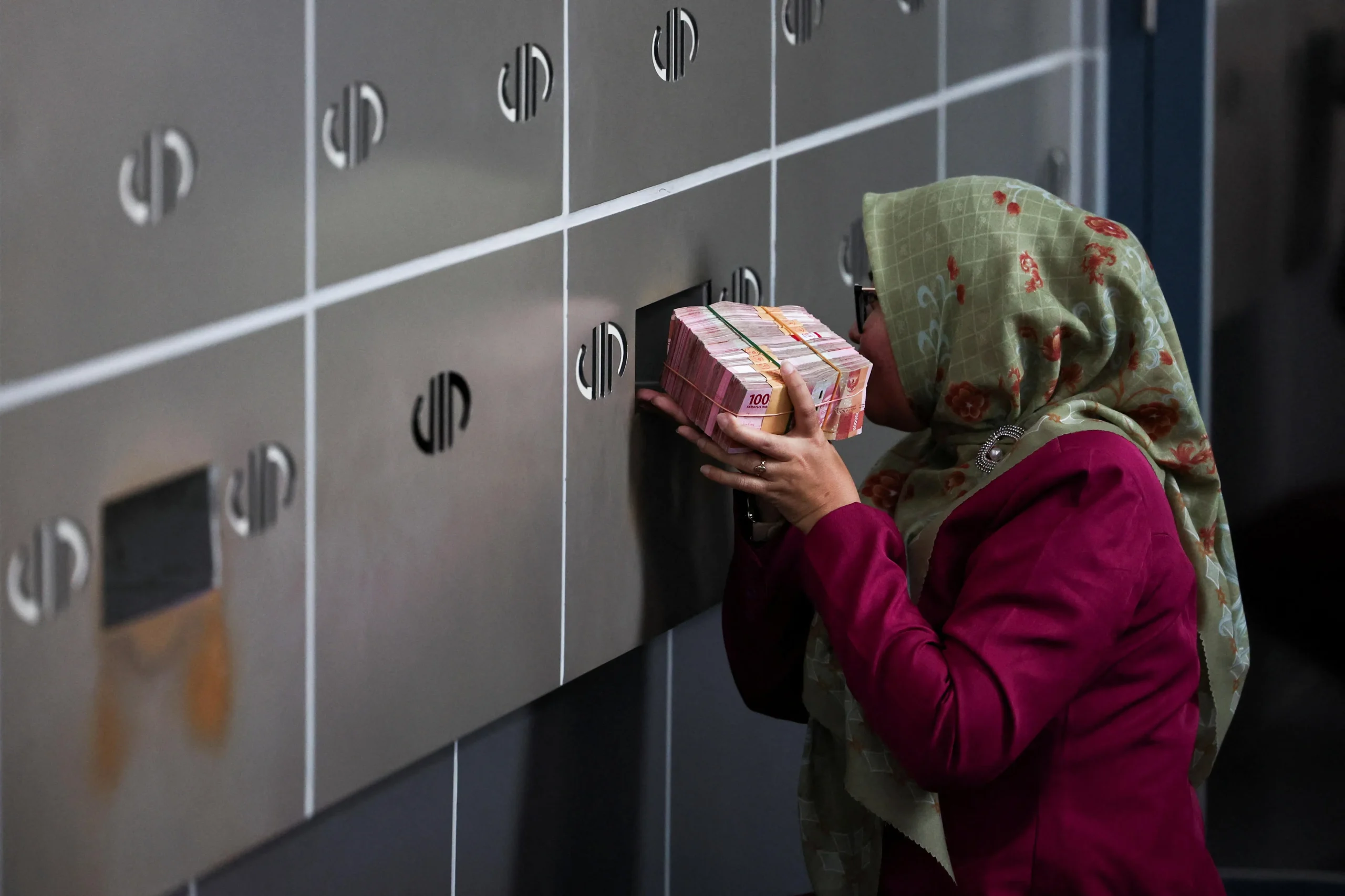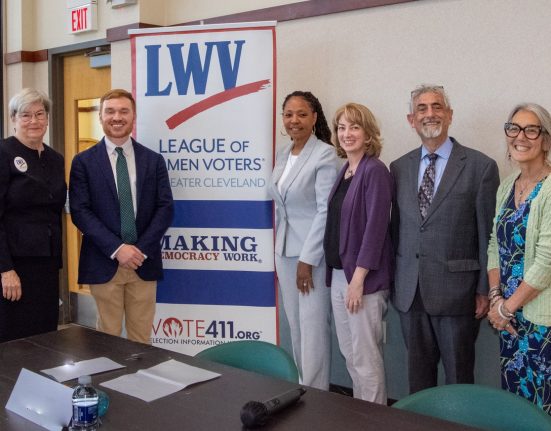[SINGAPORE] Capital, trade and wealth flows are washing onto the shores of South-east Asia and the Middle East, and Islamic finance stands out as a promising frontier poised to capture investments well beyond the trillions.
As an international bank whose footprint spans markets that are home to nearly three-quarters of the world’s Muslims, Standard Chartered can act as a “super-connector between the East and West”, said its head of banking and coverage for Singapore and Asean, corporate and investment banking, Chow Wan Thonh.

Islamic finance refers to banking systems and financial transactions that adhere to its religious law, or Sharia, and operate on several key principles of interest-free lending, risk-sharing and halal investments that avoid the alcohol, tobacco and gambling sectors.
What was once a niche alternative financial choice is rapidly gaining traction in today’s world, noted the veteran banker.
Having charted consistent growth over the past several years, the Islamic finance landscape is forecast to maintain its upward trajectory with total assets expected to surpass US$7.5 trillion by 2028, she cited.
“There is growing acceptance of Islamic banking products in many of the key markets we operate in, such as Bangladesh, Brunei, Bahrain, Saudi Arabia, United Arab Emirates (UAE), Malaysia and Pakistan,” said Chow.
A NEWSLETTER FOR YOU

Friday, 8.30 am
Asean Business
Business insights centering on South-east Asia’s fast-growing economies.
“We are already responding to this growing demand, be it investing in our human capital development or introducing innovative tailor-made financial solutions.”
Bridging the Gulf
Malaysia’s Asean chairmanship this year stands as an opportunity for the bank to further develop its Asean-Gulf Cooperation Council (GCC) corridor, said Chow.
The GCC – comprising the six Arab countries of Bahrain, Kuwait, Oman, Qatar, Saudi Arabia and UAE – is a political and economic alliance whose clout has been growing as the Middle East actively expands its trade networks beyond traditional oil and gas mainstays.
She highlighted that Malaysia and UAE are home to StanChart’s regional hubs.
The lender began offering Islamic banking products in 1993, before Standard Chartered Saadiq was incorporated in 2008 as a full-fledged Islamic banking subsidiary serving both retail and corporate clients.

“Malaysia is a leader in the Islamic finance space whether in Asean or internationally,” continued the banking and coverage chief.
“Its Islamic banking sector is expected to sustain its momentum in 2025 with assets worth more than US$260 billion and asset growth of 8.6 per cent, outpacing the 4.1 per cent growth of the overall banking industry in 2024.”
All things considered, the bank is “well-positioned” to drive cross-border growth between the two regions, she told The Business Times.
“This helps to bridge the trade finance gap and make global trade more transparent, sustainable and equitable, and also means that we are naturally diversified as those dynamic corridors of globalisation are growing at a fast pace.”
Reading the coffee grounds
As far as Chow is concerned, Asean and the GCC remain bright spots in 2025, boasting healthy growth potential despite an overcast global economic outlook.
She expects healthy growth in South-east Asia that continues outpacing other regions, and resilient growth in the GCC stemming from robust non-oil pillars – as the region’s focus on long-term transformation continues to shield it from global economic challenges.
“We are seeing a redefinition of the corridors of globalisation,” concluded Chow.
“The key development themes across Asean and the GCC lie in trade and investment, as well as digitalisation and sustainability, where we see the most potential for growth.”







